History and Evolution of HDPE Lining Technology for Water Containment and Industrial Applications

By GNA Editor
Introduction
The development of high-density polyethylene (HDPE) lining technology for water containment and industrial applications marked a significant milestone in the field of geosynthetic materials. This article chronicles the journey of pioneering this technology, starting from its inception in the mid-1960s to its widespread adoption and global impact.
1964-1967: Inception and Initial Challenges
In 1964, Gundle Plastics, under the leadership of Clifford Gundle, commenced production of 6-foot wide low-density polyethylene (LDPE) sheeting for packaging. The material, though initially intended for packaging, found an unforeseen application in lining leaking dams for farmers. By 1966, the first dam was lined using LDPE sheeting joined with glue and tape, though this method proved inadequate due to its thinness and narrow width. Gundle embarked on a global search for a solution.
1967: Innovative Circular Die Head Technology
Despite facing resistance from major machine manufacturers in Germany, the United States, and England, a breakthrough came from an Italian manufacturer willing to build an innovative machine design. This machine incorporated three extruders into one circular die head, allowing the production of thick and wide LDPE sheeting. In 1967, the technology was implemented in Johannesburg, producing sheeting up to 500 microns thick and 6 meters wide, revolutionizing the polyethylene lining industry in South Africa. By 1972 the first properly formulated HDPE geomembranes were being sold.
1980s: Advancements in Joining TechniqueS
Early challenges in joining LDPE sheeting were solved by Allan Lever, who developed the "Strip Seal System." This involved folding LDPE sheeting into a 'C' shaped plastic pipe, secured by a smaller pipe. While effective, this approach was time-consuming and wasted plastic. Fred Struve later developed a rotating extruder screw tip hand-held welder, enabling secure welding of 2mm high-density sheeting. This advancement was recognized by the Geosynthetic Institute.Slightly earlier than this Leister welding machines with pinch rollers were developed in 1978 for welding Sarnafil reinforced PVC roof membranes.
1980s-1990s: Expansion and Market Penetration
The introduction of thicker, more durable HDPE sheeting, coupled with advancements in welding techniques and formulation, facilitated the expansion into diverse industries like mining, chemicals, and landfill linings. Previously used materials like PVC and Nylon-Reinforced Butyl rubber were replaced with HDPE due to its durability and broad chemical resistance.
1977-1986: International Expansion
Recognizing the global potential of their technology, Gundle Plastics expanded into the United States, establishing a factory in Houston, Texas, in 1982. HDPE technology proved superior to existing materials like PVC, Butyl rubber due to its excellent strength, weather resistance, and durability as well as it resistance to landfill leachate and other chemicals. Gundle and a German company called Schlegel Lining Technology merged and the new company now known as Gundle Environmental Systems (GSE), went public on the New York Stock Exchange in 1986. The person who took Gundle public was Dave Aitken who was capable of building HDPE geomembrane lines as well as running the effective Gundle marketing to subdue its competitors. Later Dave was forced to sell his stake in GSE and subsequently he put together Steel Dragon in Taiwan and built the plants himself with some help from Fred Struve.
Late 1980s-2000s: Establishing Industry Standards and Market Dominance
Involvement in the Standards Committee of the National Sanitation Foundation allowed GSE to set high testing and quality control standards, elevating the entire industry. GSE continued to expand, becoming a dominant player in the global HDPE sheeting market with factories worldwide. The company's legacy was further cemented through its anchor sponsorship of relevant conferences.
Though this time there was a real push/pull relationship between the Gundle aggressively marketing to sell its HDPE geomembrane product everywhere it could and the Regulators (notably US-EPA) assisted by academics and consultants (such as Giroud, Koerner and Peggs) trying to get some control over quality, performance and outcomes. Gundle in response hired Mark Cadwallader as their contributor to the technical and quality effort.In 1986, Gundle Plastics' Johannesburg Manufacturing Division was sold, focusing efforts on the dam lining division, renamed Aquatan. Under the leadership of Piet Meyer and his team, Aquatan continued to thrive, undertaking lining projects in multiple countries across Africa, South America, and Asia.Before Piet Meyer there was Peter Davies (who constructed the first HDPE and Hypalon hybrid water reservoir cover in the 1980’s.
Present and Beyond: Global Impact
Of course, at the end of 2017 GSE was acquired by Solmax. The Solmax company was founded in 1981, and has grown through the acquisition of GSE, TenCate and Propex into now the largest geosynthetics company in the world.Employing more than 2,000 people Solmax is headquartered in the province of Quebec, Canada, with subsidiaries and operations across the globe.
Conclusions
The journey of HDPE lining technology, from its humble beginnings to global dominance, underscores the importance of innovation, persistence, and collaboration. Clifford Gundle's visionary approach, coupled with the efforts of dedicated individuals like Allan Lever, Fred Struve, and Piet Meyer, transformed the water containment and industrial lining landscape, leaving a lasting legacy in the geosynthetic industry.
